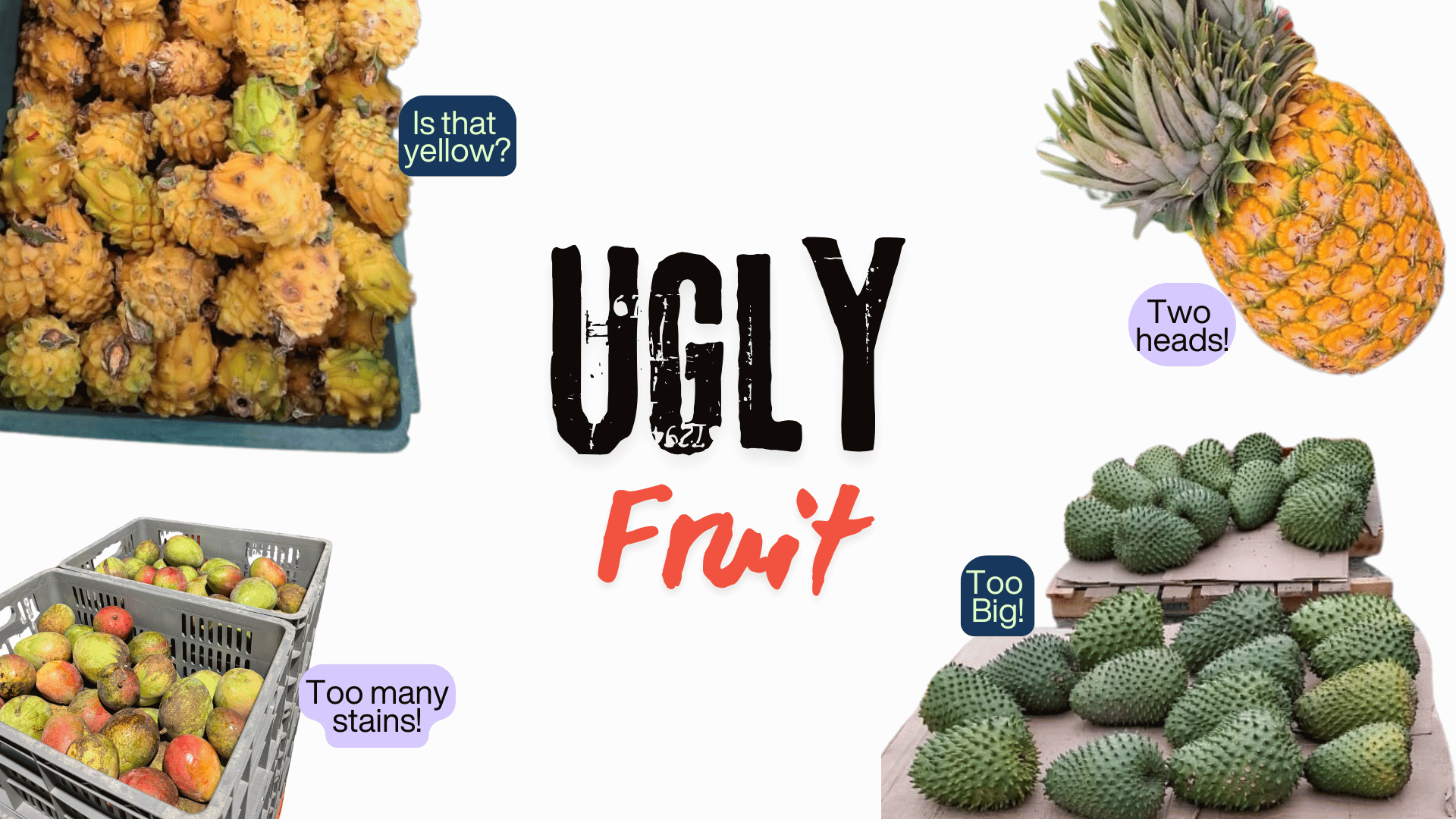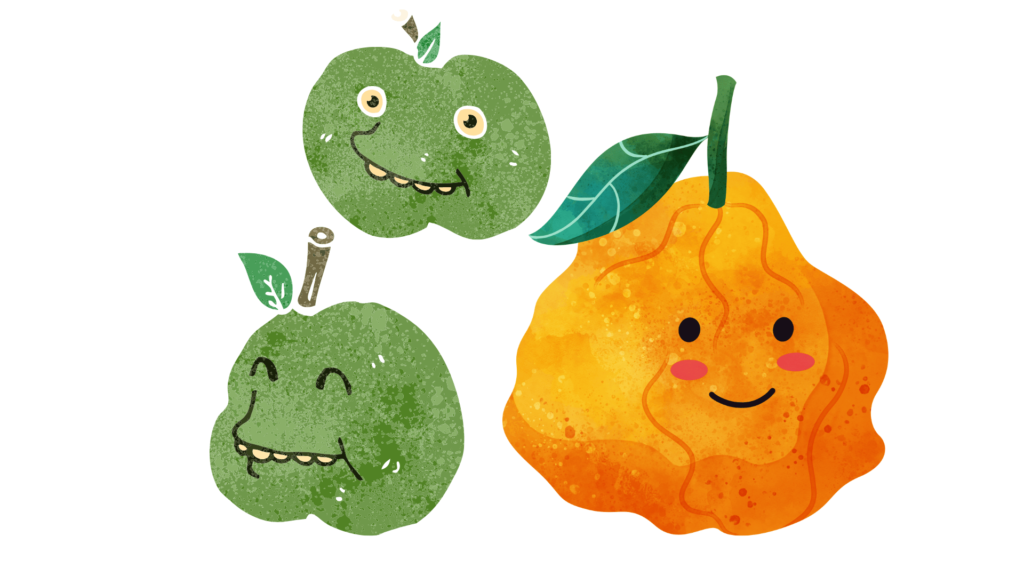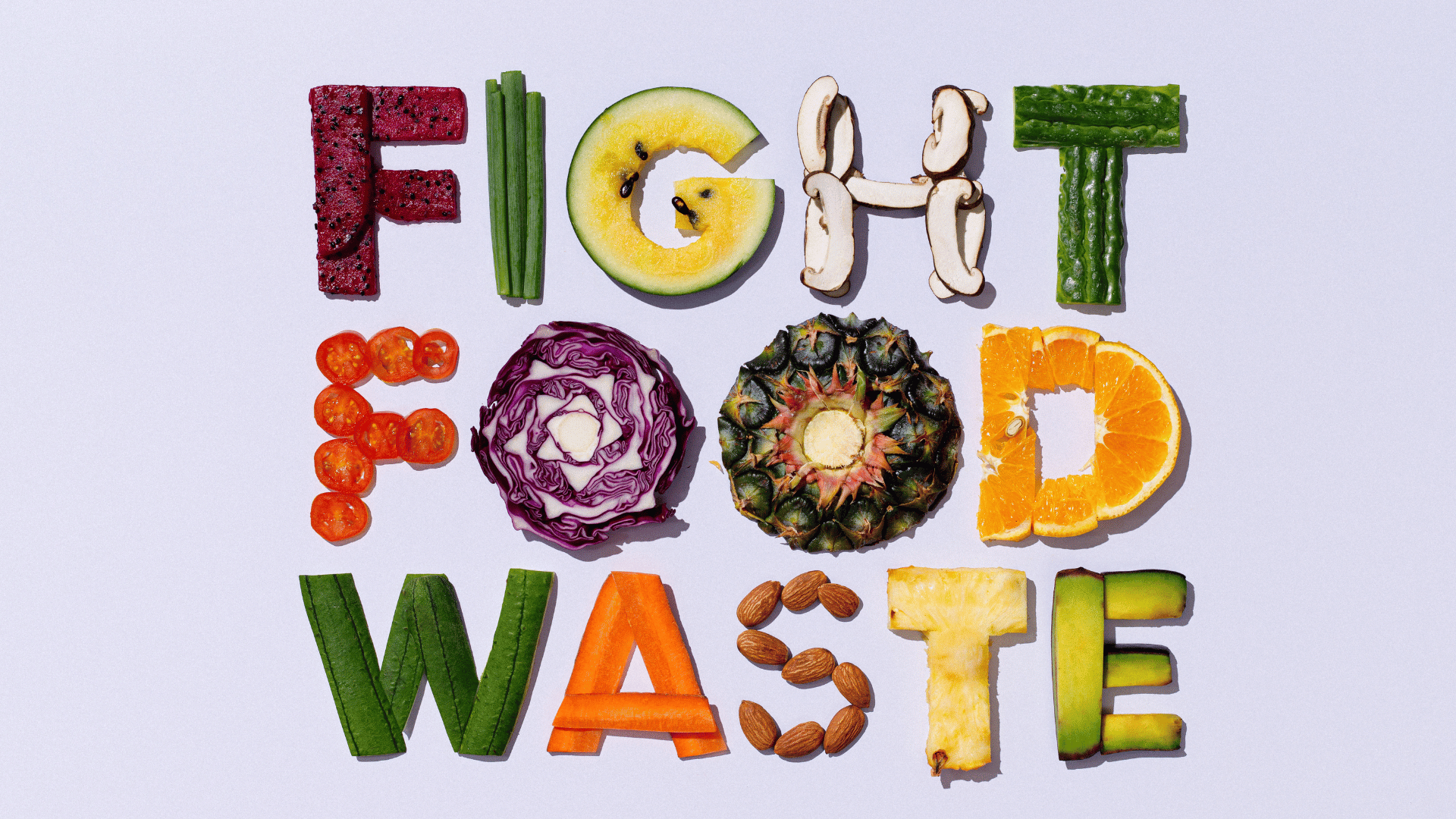Walk through any grocery store and you’ll see neat rows of shiny apples, spotless mangoes, and flawless bananas. What you don’t see is the staggering amount of produce that never makes it to those shelves.
Not because it’s spoiled.
Not because it’s unsafe.
Simply because it’s “ugly.”
In the U.S. alone, more than 20 billion pounds of fruits and vegetables are wasted every year due to cosmetic imperfections, according to a study by the Natural Resources Defense Council (NRDC) titled Wasted: How America Is Losing Up to 40 Percent of Its Food from Farm to Fork to Landfill.
Globally, the Food and Agriculture Organization (FAO) of the United Nations estimates that up to 45% of all fruits and vegetables are wasted before they even reach consumers.
That’s nearly half of global fruit and vegetable production discarded, not for lack of quality, but for lack of perfection.

This kind of waste isn’t just about missed meals or lost income for farmers. It comes with a heavy environmental toll.
Retail standards are a major driver. Grocery stores have strict guidelines for the size, shape, and color of produce. While these were initially designed to ensure consistency and reduce shipping damage, they’ve created a food system that favors uniformity over sustainability.
Consumer behavior reinforces this pattern. Aesthetic expectations have been normalized, leading many shoppers to equate visual perfection with freshness, even though nutrition and flavor have nothing to do with shape or color.

One of the most promising solutions to this issue is food upcycling: the process of taking ingredients that would otherwise be discarded and transforming them into high-quality, value-added products.
In the case of fruits, this could mean freeze-drying, juicing, pureeing, or converting into powders. The key is that the original produce, though deemed “unfit” for retail, remains entirely edible and nutritious.
The benefits are clear:
It also sparks a cultural shift: away from perfectionism and toward valuing food based on what it offers, not just how it looks.

Cosmetic-based food waste is a systemic issue, but it’s one we can start solving right now. Consumers can:
And businesses, from snack companies to retailers, can make smarter sourcing decisions that value nutrition, sustainability, and equity over cosmetic appeal.
Because good fruit shouldn’t end up in the trash.